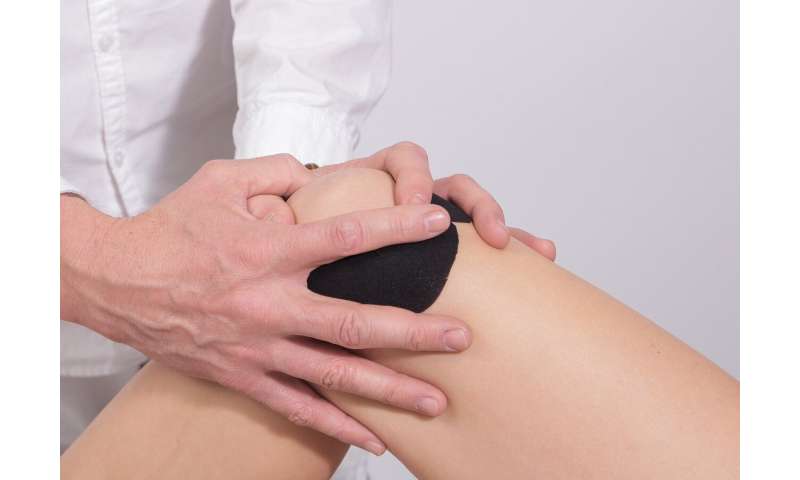
It has long been known that the choice of shoe, surface and type of sport can all be contributing factors when someone suffers an anterior cruciate ligament rupture. Researchers at Lund University in Sweden have now observed that genes also play a decisive role.
By analyzing data from the Swedish Twin Register along with data from the Swedish National Patient Register, researchers were able to see how many identical twins and fraternal twins had been diagnosed with anterior cruciate ligament rupture. A total of 88 414 twins aged 17 or above were involved in the epidemiological study, published in the British Journal of Sport Medicine.
The opportunity to observe injuries among both identical and fraternal twins enables conclusions to be drawn about heredity, explains Karin Magnusson, researcher and expert in twin studies within the field of orthopedics at Lund University.
“Identical twins have totally identical genes, while fraternal twins, like other siblings, share half of their genes with each other. We can estimate heritability by studying how often cruciate ligament injury occurs in both twins in a set, that is, we compare the ‘double’ prevalence in identical and fraternal twins. This way we can draw conclusions about the importance of heredity and environment.”
“Our results show that genes appear to contribute more than we thought. To put it very simply, we can say that out of all cruciate ligament injuries, 69 percent can be explained by genetics. This should not be interpreted to mean an individual’s risk of suffering the injury is 69 percent, rather that it is significant in terms of the wider population. Heredity is easier to understand when compared with other illnesses or conditions. The genetic risk of suffering from cancer is 33 percent, for example. This means that 33 percent of variation within the population in terms of causes of all cancer cases is due to genetic variation, while the rest is due to other factors—such as environment or lifestyle,” explains Magnusson.
The genetic risk was equally high in men and women.
The results may be significant in terms of preventing this type of injury more effectively.
Source: Read Full Article
